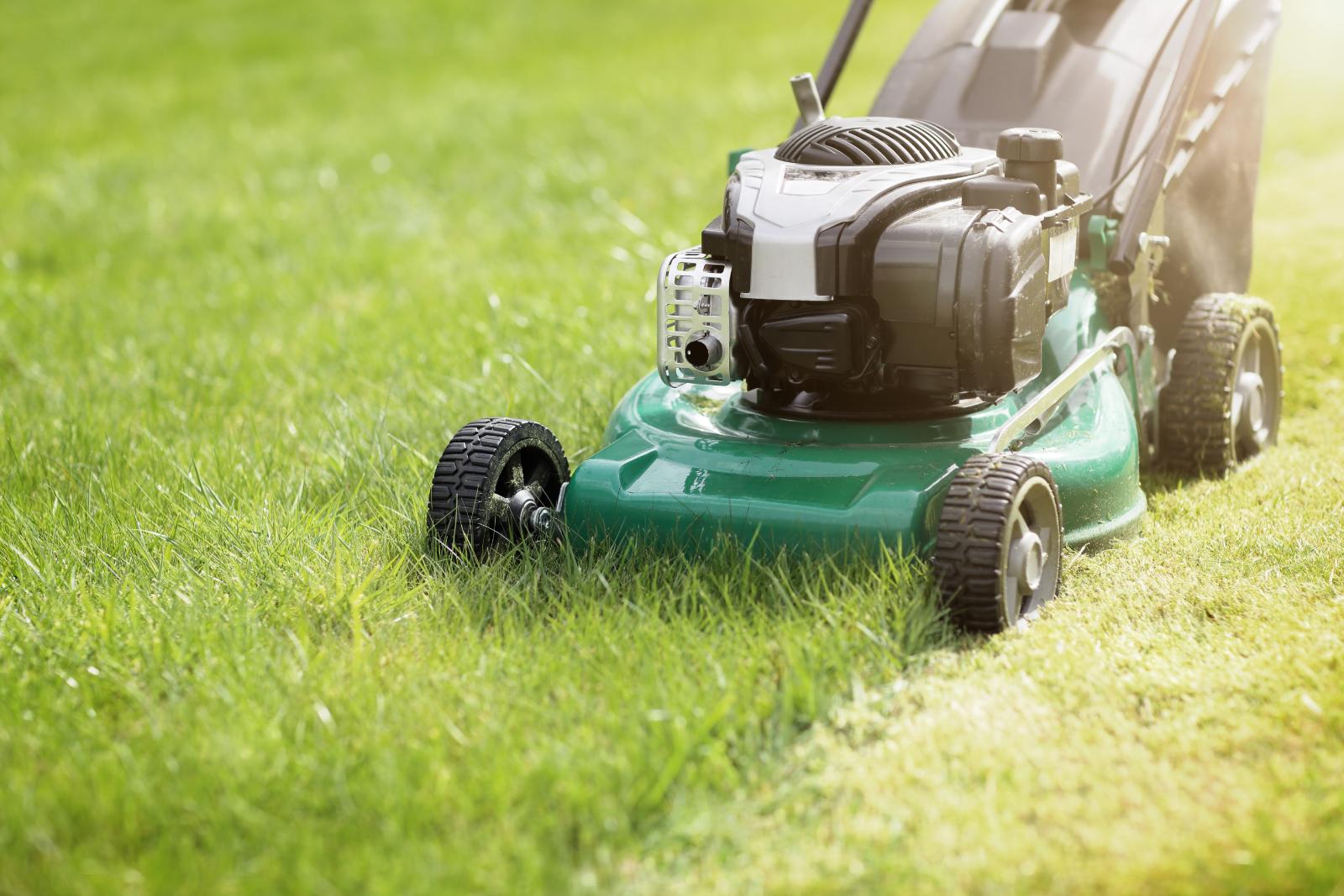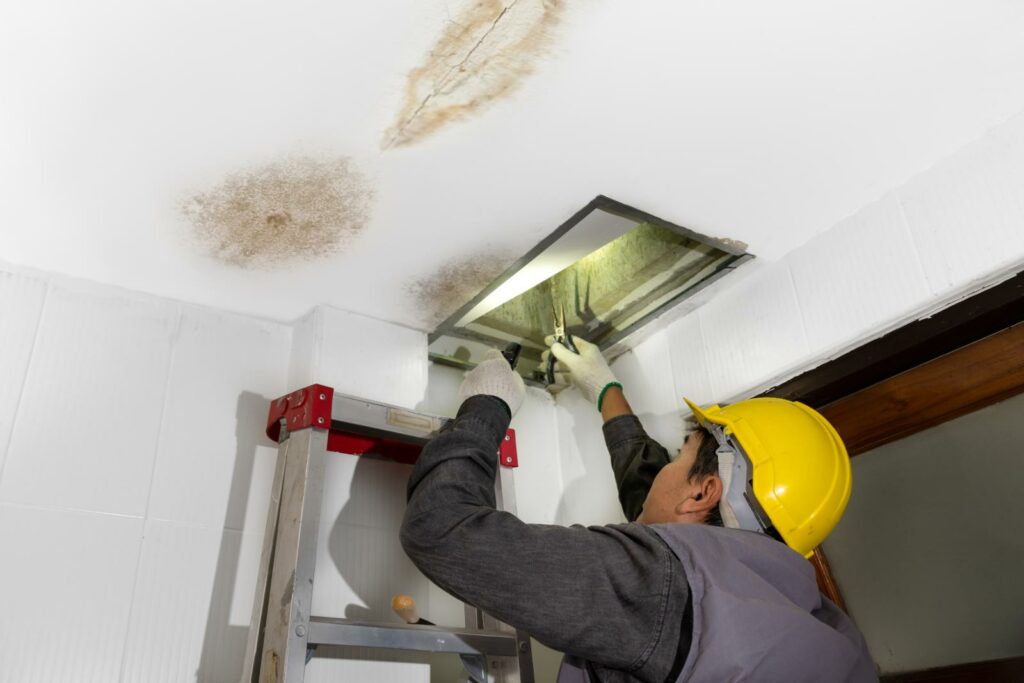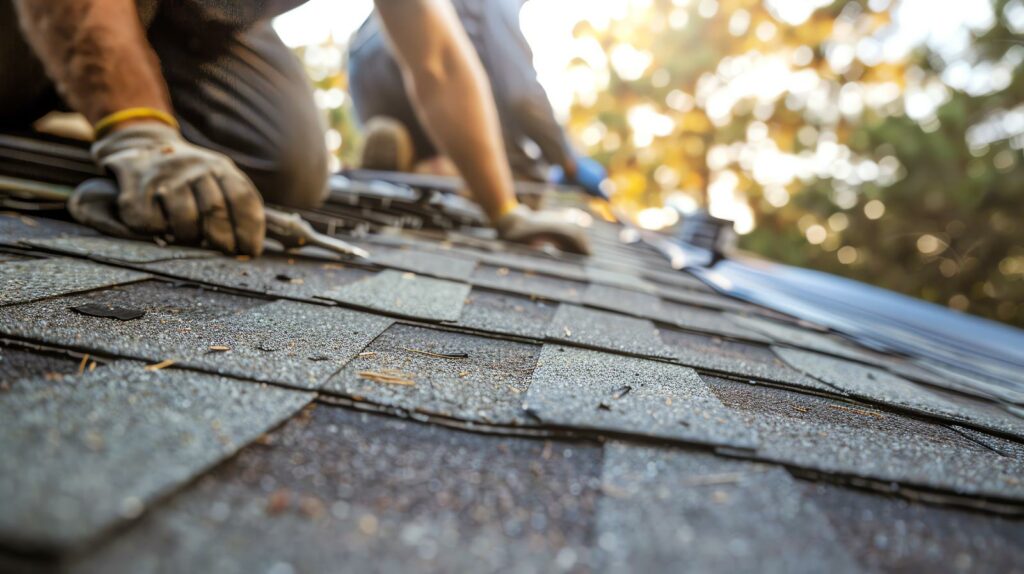Contents
Imagine a scenario where a homeowner notices patchy, yellowing grass despite regular watering and fertilizing. The issue might not lie in the care routine but rather in the soil beneath the surface. Proper lawn aeration is a key practice that can address such problems by enhancing root growth and overall lawn health. By revealing the secrets of how aeration can transform your grass from lackluster to lush, you can discover the key to a vibrant and thriving lawn.
Key Takeaways
- Core aeration breaks up compacted soil for healthier roots.
- Overseeding introduces new grass varieties to enhance nutrient uptake.
- Topdressing with compost improves nutrient availability for roots.
- Avoid heavy traffic on wet soil to prevent compaction.
- Regular aeration maintains ideal conditions for root growth.
Importance of Lawn Aeration
Why is lawn aeration essential for promoting healthy grass growth?
Lawn aeration plays a vital role in maintaining both soil health and grass health. When soil becomes compacted, it restricts the flow of air, water, and nutrients to the grassroots, hindering their growth and overall health. By aerating your lawn, you create channels in the soil that allow for improved air circulation, water absorption, and nutrient penetration. This process promotes the development of a healthy root system, leading to stronger, more resilient grass.
Proper lawn aeration also helps prevent thatch buildup, which can suffocate the grassroots and create an environment prone to disease and pests. By relieving soil compaction, you enable the grassroots to access oxygen, water, and essential nutrients more effectively, stimulating their growth and enhancing the overall health of your grass. Regular aeration promotes deeper root penetration, resulting in a lush, vibrant lawn that can better withstand environmental stressors and thrive in various conditions.
Understanding the Root System
To understand the root system of your lawn thoroughly, examine the intricate network that anchors your grass and sustains its health and vitality. The root anatomy of your grass plays an essential role in its overall well-being. Here are some key points to keep in mind:
-
Root Structure: The roots of your grass consist of primary roots that dive deep into the soil and secondary roots that spread horizontally, creating a vast network underground.
-
Root Growth Patterns: Grass roots exhibit both downward and outward growth patterns. Understanding these growth patterns can help you make informed decisions regarding lawn care practices such as aeration.
-
Absorption Capabilities: The roots are responsible for absorbing water, nutrients, and oxygen essential for the grass’s growth. By ensuring healthy root systems, you can maximize the overall health and resilience of your lawn.
Benefits of Improved Air Circulation
When soil is adequately aerated, it allows for enhanced nutrient absorption by the roots of your lawn, leading to healthier and more vibrant grass.
Improved air circulation also promotes stronger root development, enabling your lawn to withstand environmental stressors more effectively.
Enhanced Nutrient Absorption
Improved air circulation in the soil resulting from aeration enhances the absorption of essential nutrients by the grass roots, fostering important growth and overall lawn health. This enhanced nutrient absorption is essential for maximizing root vitality and soil fertility.
When the soil is properly aerated, it allows for better penetration of nutrients into the root zone, promoting stronger and healthier grass.
Here are three key ways in which enhanced nutrient absorption benefits your lawn:
-
Increased Nutrient Uptake: Improved air circulation facilitates the movement of essential nutrients towards the roots.
-
Enhanced Nutrient Utilization: With better access to nutrients, grass roots can more efficiently utilize them for growth.
-
Optimized Nutrient Distribution: Proper aeration guarantees nutrients are evenly distributed, supporting uniform grass development across the lawn.
Stronger Root Development
Enhancing air circulation in the soil through aeration promotes robust development of lawn roots. When soil is compacted, roots struggle to penetrate and spread effectively. By aerating the soil, you create channels that allow roots to grow deeper, access nutrients, and absorb water more efficiently.
Improved air circulation resulting from aeration enhances root health by preventing waterlogging and promoting oxygen flow to the roots. This process stimulates root growth, leading to stronger, more resilient turf. Healthy roots are the foundation of a lush lawn, as they anchor the grass and enable it to withstand stressors such as drought and foot traffic.
Invest in soil aeration to foster optimal root development and overall turf vitality.
Enhancing Nutrient Absorption
To enhance the absorption of nutrients by your lawn’s roots, it’s important to ensure proper aeration of the soil. Sufficient aeration promotes healthier root systems, allowing for improved nutrient uptake and overall plant vitality. Here are three key practices to enhance the absorption of nutrients by your lawn’s roots:
-
Core Aeration: By removing small plugs of soil, core aeration helps break up compacted soil, allowing nutrients to penetrate deep into the root zone where they’re needed most.
-
Overseeding: Overseeding after aeration can further improve nutrient absorption by introducing new grass varieties that may have better nutrient uptake capabilities, ensuring a lush and healthy lawn.
-
Topdressing with Compost: Applying a thin layer of compost after aeration provides essential organic matter and nutrients to the soil, promoting microbial activity and enhancing nutrient availability for your lawn’s roots.
Preventing Soil Compaction
Proper soil management practices play a significant role in preventing soil compaction and maintaining ideal conditions for healthy root growth in your lawn. Soil compaction occurs when the soil particles are pressed together, reducing pore spaces where air and water can flow freely. This compression restricts root growth and nutrient uptake by plants, ultimately affecting the overall health of your lawn.
To prevent compaction, avoid heavy machinery or foot traffic on wet soil, as this exacerbates the issue. Additionally, incorporating organic matter like compost into the soil helps improve its structure, making it less prone to compaction. Regular aeration, either by mechanical means or through natural processes like earthworm activity, is important for preventing compaction and promoting soil health.
Promoting Microbial Activity
Promoting microbial activity in your lawn soil is essential for enhancing nutrient cycling and overall soil health. Microbes play a vital role in breaking down organic matter, releasing essential nutrients for plant uptake, and improving soil structure. To promote microbial diversity and enhance soil health, consider the following:
-
Adding Organic Matter: Incorporating compost or organic amendments into your soil provides a food source for beneficial microbes, stimulating their activity and diversity.
-
Avoiding Overuse of Chemicals: Excessive use of pesticides and synthetic fertilizers can harm microbial populations. Opt for natural alternatives to maintain a healthy microbial community.
-
Encouraging Oxygen Exchange: Aerating your lawn promotes oxygen exchange in the soil, creating ideal conditions for beneficial microbes to thrive and support overall soil structure.
Increasing Water Infiltration
To enhance water infiltration into your lawn’s soil, consider aerating to increase pore space for water to penetrate efficiently.
This process helps improve soil hydration by allowing water to reach deeper into the root zone where it’s needed most.
Water Penetration Enhancement
Improving water infiltration in your lawn can greatly enhance the root growth of your grass, nurturing a healthier and more resilient turf ecosystem.
To increase water penetration effectively, consider the following:
-
Aeration: Regularly aerating your lawn can help break up compacted soil, allowing water to penetrate deeper into the ground.
-
Mulching: Applying a layer of organic mulch helps retain moisture in the soil, promoting better water infiltration.
-
Slope Management: Maintain proper grading to prevent water runoff and encourage even water distribution across your lawn.
Improved Soil Hydration
Enhancing soil hydration is essential for maximizing water infiltration in your lawn and fostering ideal root growth of your grass. To achieve this, focus on improving moisture retention and aeration efficiency in your soil. Proper soil hydration plays an important role in maintaining a balanced soil structure, which directly impacts root growth. By ensuring your soil is adequately hydrated, you create an environment where roots can easily penetrate the ground, access nutrients, and establish a strong foundation for your lawn. Check out the table below for some practical tips on enhancing soil hydration:
| Tips for Improved Soil Hydration | Benefits |
|---|---|
| Water deeply but infrequently | Enhances root growth |
| Mulch around plants | Improves moisture retention |
| Use organic matter in soil | Enhances aeration efficiency |
| Avoid compacting soil | Maintains soil structure |
Timing and Frequency of Aeration
When considering the timing and frequency of aeration for maximizing lawn root growth, it’s essential to align the process with the specific needs of the grass and soil conditions. To guarantee excellent results, follow these practical guidelines:
-
Aeration Timing: Different seasons have varying impacts on the grass and soil. Spring and fall are generally ideal for aeration as the grass is actively growing, allowing for quicker recovery. Avoid aerating during the summer heat or winter dormancy periods to prevent stress on the lawn.
-
Frequency Considerations: Aeration frequency plays a pivotal role in the long-term health of your lawn. For most lawns, annual aeration is recommended to maintain healthy root growth and soil structure. However, high-traffic areas or heavily compacted soils may benefit from semi-annual aeration sessions to alleviate soil compaction effectively.
-
Soil Condition Assessment: Before scheduling aeration, assess the soil moisture level and compactness. Aerating overly dry or wet soil can be counterproductive, so aim for slightly moist soil conditions to facilitate core penetration and root stimulation.
Conclusion
You’ve seen how proper lawn aeration can maximize root growth and overall plant health. Imagine your lawn as a thriving ecosystem, with roots reaching deep into the soil like a strong foundation.
Just as a well-built house requires a sturdy base, your lawn needs a healthy root system to flourish.
So, keep aerating regularly to guarantee your grass roots have the support they need to grow strong and vibrant, creating a lush and resilient lawn for years to come.




